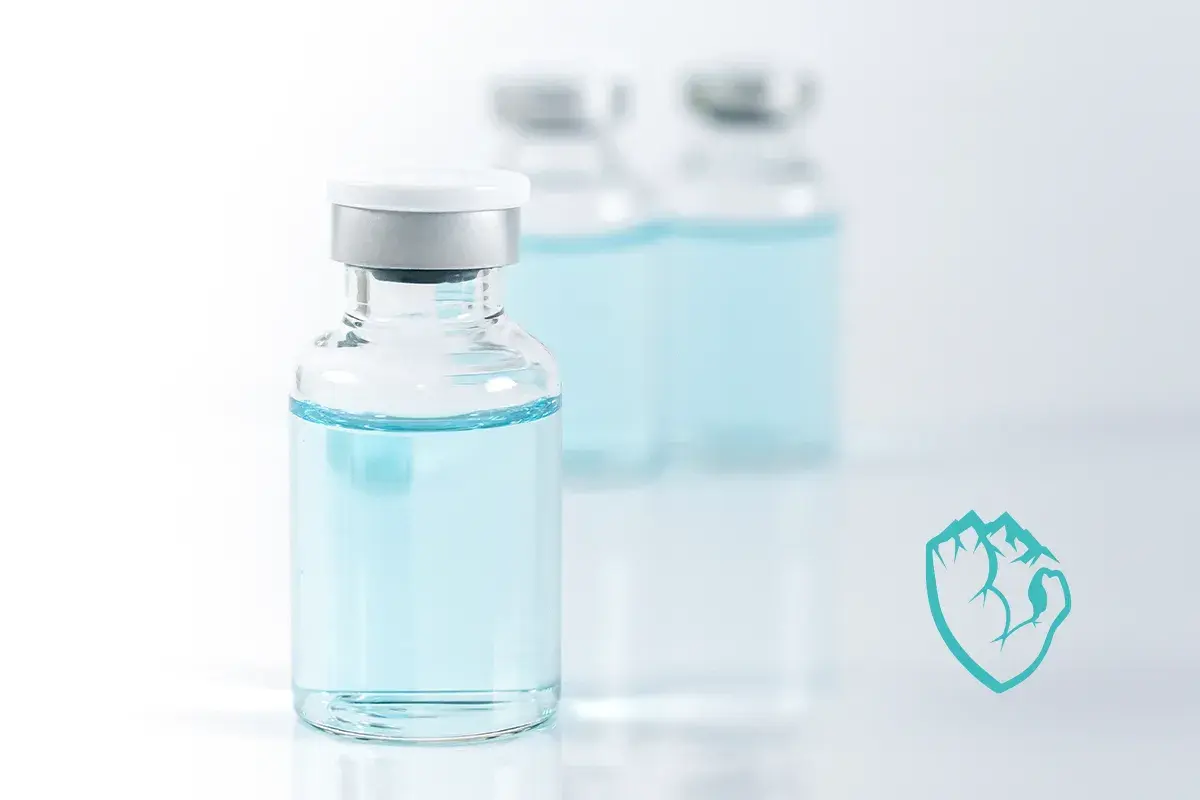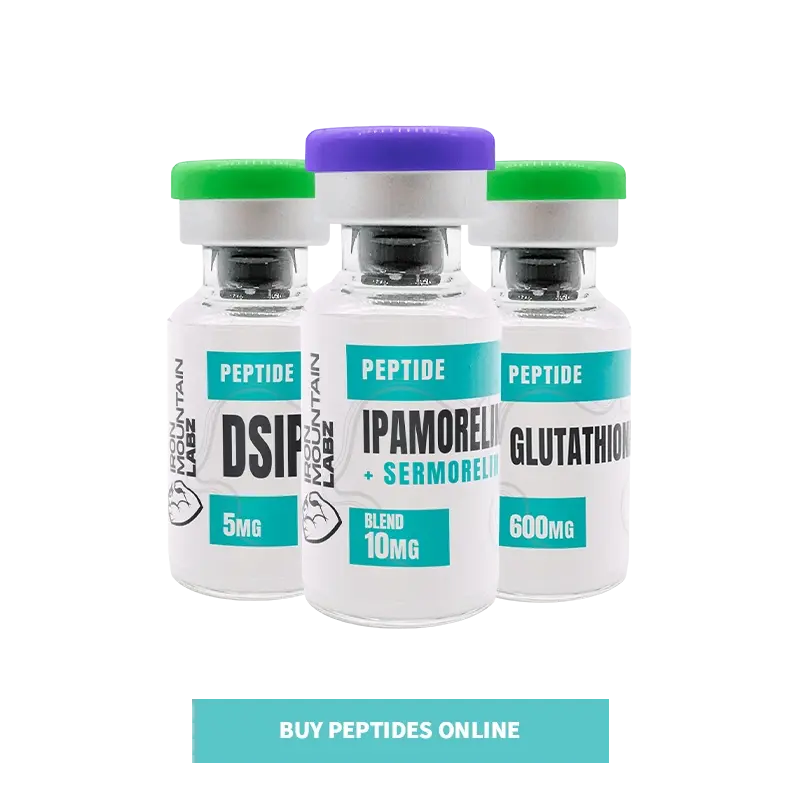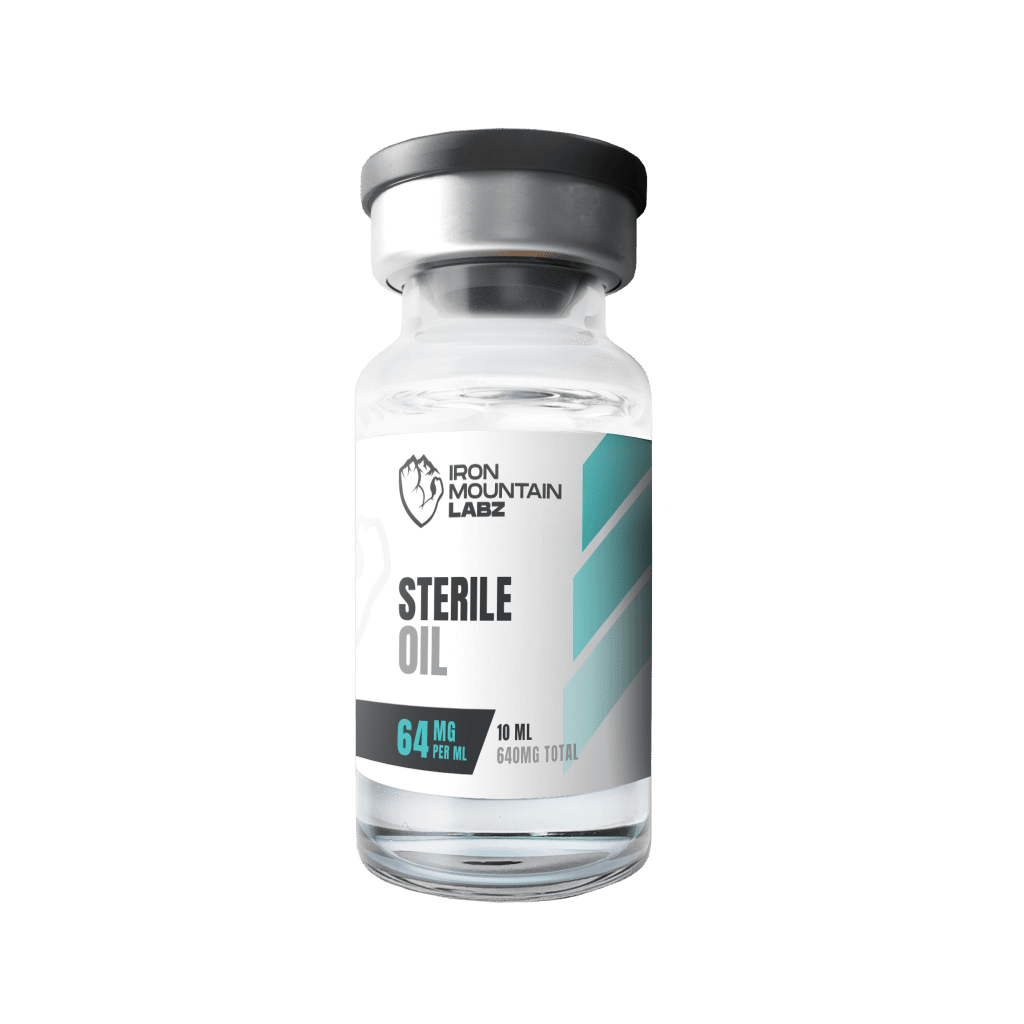
Peptide reconstitution is a simple process to restore peptides to an active state. Peptides are small chains of amino acids that play a role in studies related to cell growth, repair, and immune response.
Research peptides come in a dry powder form. Before they can be used in lab experiments, this powder must be mixed with a suitable liquid. This process is called reconstitution.
In this guide, you’ll get to know what peptides are and how to reconstitute them step by step for research purposes.
Peptides are short chains of amino acids joined by peptide bonds. They are smaller than proteins and usually contain between 2 to 50 amino acids. They control many biological functions, such as hormone activity, immune response, cell communication, and tissue repair. (r)
Because of their small size, peptides are highly targeted in what they do and often cause fewer side effects in research studies.
Peptide reconstitution is the process of turning freeze-dried peptide powder into a liquid form so it can be used in research. Synthetic peptides are shipped and stored as a dry powder. This is a form created through a method called lyophilization.
The freeze-drying method removes water from the peptide and protects it from damage caused by moisture and heat. Peptides can last longer in their dry state and remain stable during shipping and storage if handled correctly, which is why knowing how to store peptides is just as important as reconstitution. But they cannot be used directly in lab studies until they are reconstituted.
Reconstituting peptides is important for the following reasons.
Peptide can break down when exposed to heat, moisture, or air. Reconstitution of peptides may protect their structure, but if it is not handled the right way, then it may become useless for research.
When peptides are reconstituted correctly, the solution has an even and exact strength. This is very important in lab testing, where small differences in amounts can affect results.
Peptides must be active and in the right form to work properly in experiments. A well-reconstituted peptide keeps its activity and helps give reliable results in scientific studies.
So, reconstituting peptides the right way keeps them safe, active, and ready for research. It helps researchers get the most accurate and useful data from their experiments.

The following steps can provide proper guidelines on how to reconstitute peptide.
Get the required tools before starting, such as:
Inspect the lyophilized powder. It should be dry, and loosely packed at the bottom of the vial. If it appears discolored, wet, or clumpy, don’t use it because it may be compromised.
Choose a solvent compatible with the peptide’s properties.
You need to use a sterile syringe to draw up the exact volume of diluent needed for your intended concentration. You have to be precise during this process because too much solvent can make it weaker in effect, and too little can cause incomplete reconstitution of the peptides.
The next step is to inject the solvent down the inner wall of the vial, not directly onto the powder. This technique reduces bubbling and foaming, which can damage peptide structure.
Let the vial sit undisturbed for a few minutes. You can also swirl the liquid to let the powder dissolve completely.
The final solution should be clear. If you notice any undissolved materials in the solution, it is recommended not to inject them into experimental models.
The essential tips for reconstituting peptides in the right way include the following.
You need to know that different types of peptides dissolve in different solvents. For example, hydrophilic peptides tend to mix easily with bacteriostatic or sterile water, and more hydrophobic ones might need solvents like 0.6% acetic acid.
So, take a moment to look into the peptide’s characteristics, check the manufacturer’s guidelines, or even review how SARMs vs peptides differ in stability before you begin with the reconstitution process.
Start by disinfecting your entire work area. Wipe down surfaces, clean vial caps, and sanitize your tools. Try to wear gloves and make sure you’re not touching anything sterile with your bare hands.
Forcefully injecting the solvent can do more harm than good. Instead of adding it straight into the powder, aim along the inner wall of the vial and let gravity do the work. This reduces foaming and can be beneficial in absorbing the powder evenly.
n conclusion, the reconstitution of peptides allows these compounds to be stable and effective in research, whether you’re working with nasal spray peptides or traditional injectables. This process includes selecting the right solvent based on the peptide’s type, adding the liquid, mixing without shaking, and storing the solution according to the guidelines provided. Following these instructions—and using high-quality tools such as peptide kits can help researchers get accurate and reliable results.
Peptide reconstituted with solvents like bacteriostatic water can remain stable for up to 30 days when stored in a refrigerator at 35–45°F. For more details, explore our full range of research peptides.
For reconstituting a 5 mg vial of BPC‑157, a commonly used guideline is:
To reconstitute PT-141, let the vial reach room temperature. Use a sterile syringe to draw 1 mL of bacteriostatic water and slowly inject it along the vial’s inner wall to avoid bubbles. Swirl until the powder fully dissolves and don’t shake. Label the vial and store it in the refrigerator.
Tirzepatide comes as a dry powder and needs to be mixed before use. Use a new syringe to draw about 1 to 2 mL of bacteriostatic water. Then add the water into the vial without aiming directly at the powder. Let it sit for a minute, then roll or tilt the vial until the liquid becomes clear. After mixing, keep the vial in the fridge between 35–45°F.
Introduction Peptides, often discussed in the realms of health, fitness, and anti-aging, have become a
Introduction Selective Androgen Receptor Modulators (SARMs) have captured the attention of various communities, ranging from

If you experience injection pain, consider purchasing sterile oil. It helps ease discomfort by thinning the compound, making injections smoother.